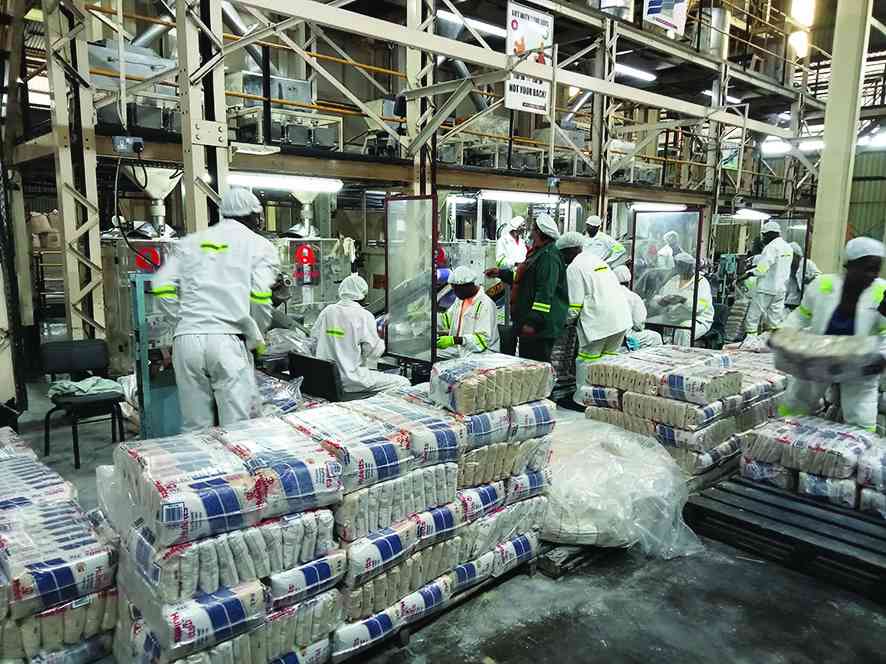
ZIMBABWE’S microfinance sector registered significant progress following an aggregate net profit of $145,52 billion in the first half of this year, information gathered from the central bank shows.
The increase was largely attributed to improved operational efficiency as reflected by an improvement in the average operational self-sufficiency ratio to 230,39% for the period under review, against the international benchmark of 100%.
During the same period last year, the sector recorded a profit of $4,93 billion.
Microfinance is increasingly considered a key instrument in the implementation of effective and sustainable strategies aimed at poverty alleviation and inclusive economic development.
“The microfinance sector in Zimbabwe continues to contribute towards the attainment of Zimbabwe’s 2030 Vision of ‘an upper middle-income society by 2030’ through the provision of essential financial services to low-income and marginalised communities and their micro and small enterprises,” Reserve Bank of Zimbabwe governor John Mangudya said in a mid-term monetary policy statement released last week.
“On aggregate, the sector registered growth in all the main performance indicators over the review period, including loan portfolio, capitalisation level, profitability and deposits mobilisation by the deposit-taking microfinance subsector.”
In the period under review, there were 216 registered microfinance institutions, comprising 208 credit-only and eight deposit-taking microfinance institutions.
The microfinance sector registered a 596,83% increase in aggregated equity to $250,23 billion.
- Bard Santner expands remittances footprint
- Microfinance sector sound, registers 230% growth
- InnBucks pours US$5 million into operations
- InnBucks forges ahead with customer-centric initiatives
Keep Reading
The increase was attributed to organic growth and fresh capital injection by some microfinance institutions.
Aggregate deposits for the deposit-taking microfinance sub-sector increased by 456,89% to $53,35 billion.
While the deposit levels remain low, Mangudya said the level of deposits reflected growing consumer confidence in the sector.
Total loans for the microfinance sector increased by 672,66% to $355,50 billion.
The sector registered an improvement in the loan portfolio quality as evidenced by a decrease in the portfolio-at-risk ratio from 10,95% to 9,48% over the same period.
Three out of seven operating deposit-taking microfinance institutions (DTMFIs) were compliant with the minimum capital requirement of $5 million, and these were African Century Limited, InnBucks Microbank and Success Microfinance Bank.
The non-compliant DTMFIs are at various stages of capital raising initiatives and continue to submit on a quarterly basis updates on their re-capitalisation initiatives, Mangudya said.
As at June 30, 2023, the aggregate core capital for the DTMFI sub-sector was $131,32 billion, and the increase was largely driven by fresh capital injections, as well as organic growth.
A total of 170 out of 208 credit-only microfinance institutions were compliant with the minimum capital requirement of Zimbabwe dollar equivalent of US$25 000.
“The non-compliant credit-only microfinance institutions are putting in place recapitalisation strategies to comply with the requirements and to facilitate the underwriting of more meaningful businesses,” Mangudya said.











